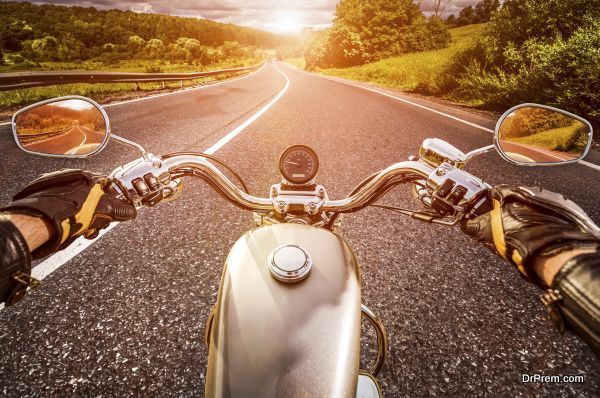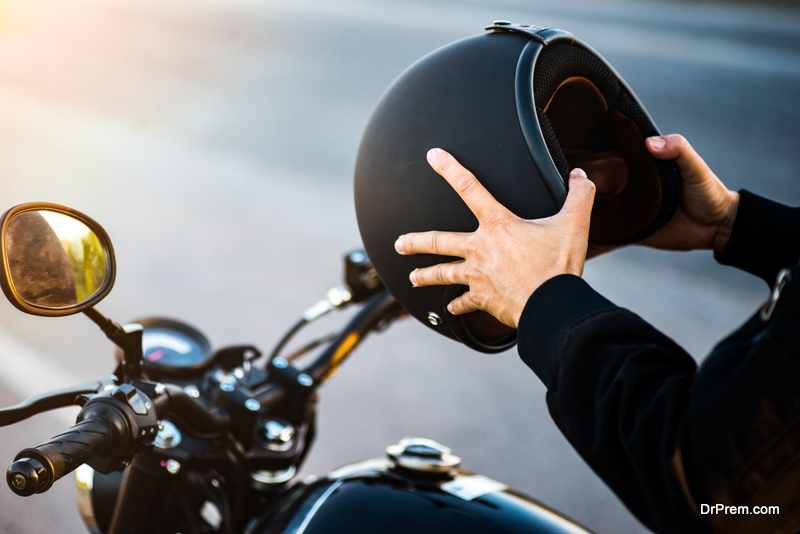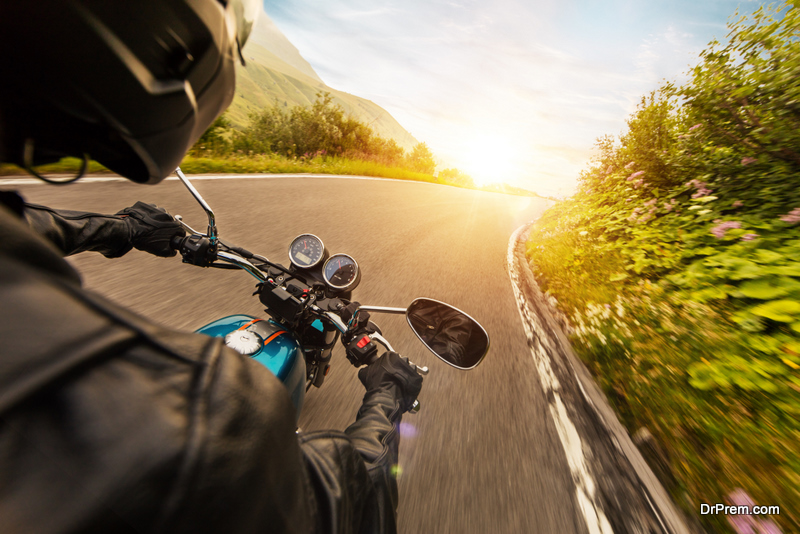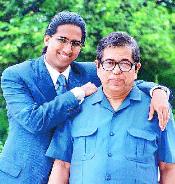Driving a motorcycle can be fun, but it can also be dangerous. In fact, motorcyclists are 29 times more likely to die in a crash than car passengers are.
If you’re ever in a motorcycle accident, you should get immediate medical attention and consult an experienced motorcycle accident lawyer. They can help you make a claim with your insurance company and make sure you get the best settlement.
But hopefully, you never have to do that. To avoid getting in a motorcycle accident altogether, here are 11 tips you should follow:
1. Check the weather
 Before you go out for a ride, check the weather forecast. Rain, snow, hail, ice, and fog obstruct your vision, make the roads more slippery, or both!
Before you go out for a ride, check the weather forecast. Rain, snow, hail, ice, and fog obstruct your vision, make the roads more slippery, or both!
And as a motorcyclist, you want to be extra cautious. You’re more exposed to the elements, and motorcycles have less traction and stability than cars. Take rain, for example. It’s not only going to hurt at 50+ MPH, but it’s going to make the road much more hazardous.
So postpone your ride if the weather’s bad or take another form of transportation instead. And always have a backup plan for if the weather worsens mid-drive.
2. Inspect your bike
Inspect your bike before each ride. Make sure everything is in good working order. This includes the tire pressure, brakes, fuel levels, headlights, taillights, mirrors, horn, handlebars, and turn signals.
Any leaks, loose bolts, or potential mechanical hazards should be fixed before you hit the road. If you want to minimize the chance of having these issues, keep up with regular maintenance by changing the oil, adjusting the chain and suspension, and replacing the brake pads and tires when they need it.
3. Wear protective gear
Always wear protective gear when riding a motorcycle. This includes a DOT-approved helmet that fits your head securely. A full-face helmet is best. If it gets too hot, consider getting a vented helmet.
You should also wear boots, gloves, and a leather jacket and pants. These will protect you against injury and road rash if you crash and fall. Make sure to provide the same for any second rider sitting behind you. And dress in layers in case the weather changes.
4. Carry a first-aid kit
 You never know when you could get hurt on the road. It could be a minor injury or a major one. So keep a first-aid kit on your bike at all times. It should include some basic bandaids, gauze dressings, medical tape, disinfectant, aspirin, and more.
You never know when you could get hurt on the road. It could be a minor injury or a major one. So keep a first-aid kit on your bike at all times. It should include some basic bandaids, gauze dressings, medical tape, disinfectant, aspirin, and more.
5. Get enough rest
Make sure you’re well-rested before hitting the road. This helps you stay alert. So get a good night’s sleep the night before and take a break at a rest stop if you ever get drowsy. Sometimes a quick power nap is all you need.
6. Drive sober
This should go without saying, but never drive drunk. You don’t want to become part of another fatality statistic, and you also don’t want to go to jail or pay steep fines. So play it safe and catch a ride home if you have alcohol in your system.
7. Take a test drive
 Every motorcycle is unique. So get comfortable with yours by taking it on a test drive somewhere safe. Familiarize yourself with where all the controls, pedals, and gears are. You don’t want to be fumbling around for them when you’re on the road with others.
Every motorcycle is unique. So get comfortable with yours by taking it on a test drive somewhere safe. Familiarize yourself with where all the controls, pedals, and gears are. You don’t want to be fumbling around for them when you’re on the road with others.
8. Be visible
Most motorcycle accidents happen because car drivers don’t see the motorcycle. So avoid driving in other people’s blind spots, keep your headlights on even during the daytime, and wear bright reflective gear. This will make it easier for other drivers to see you and avoid hitting you.
9. Obey traffic laws
This point is obvious but important. Traffic laws are there to protect you. So use your turn signals, keep the speed limit, yield to those who have the right of way, and follow lane markings and signs. Also, don’t weave in between traffic or cut others off. It’s reckless and could cause an accident.
10. Ride defensively
 That said, traffic laws won’t save you. Even if you keep them, you should never assume that others will. So be vigilant and watch the road, keep a safe distance between you and other vehicles, anticipate traffic problems and road hazards, and drive slowly.
That said, traffic laws won’t save you. Even if you keep them, you should never assume that others will. So be vigilant and watch the road, keep a safe distance between you and other vehicles, anticipate traffic problems and road hazards, and drive slowly.
It’s also best to look over your head before turning, not just in your sideview mirrors. This helps you better see if other drivers are paying attention to you and gives them another signal that you’re about to turn. Whatever you do, always err on the side of caution.
11. Take a safety course
Lastly, consider taking a motorcycle safety course. It’ll give you the chance to learn the rules of the road, practice reacting to different driving situations, and develop good judgment. You might even learn advanced maneuvers and better control and braking techniques. Even if you already know how to ride, it doesn’t hurt to keep learning from more experienced motorcycle drivers.
Endnote
Life is precious. So take motorcycle driving safety seriously. If you don’t, you jeopardize your own life and that of others. There will always be some risk, but you can minimize it by following the steps above.
Article Submitted By Community Writer




